RentRange, an industry leader in market data and analytics for the single-family rental (SFR) housing industry, found in its recent data report that the Baltimore-Columbia-Towson, MD Metropolitan Statistical Area (Baltimore MSA) is a complex market for real estate investing, where cautious investors may find lucrative opportunities.
Job Gowth
According to the Bureau of Labor Statistics (BLS) Job Report through November 2019, the Baltimore MSA has seen a reasonable increase in job growth. It has added 23,600 non-farm positions in the last year, a 1.6 percent increase, and slightly above Maryland’s 1.1 percent increase. In the last five years, the overall job growth has increased 6.7 percent adding 92,000 jobs, which is above the statewide job growth of 5.2 percent.
Job categories in the Baltimore MSA showed that the growth from November 2018 to November 2019 was led by the Professional and Business Services sector (9,600 jobs), followed by Education and Health Services (5,400 jobs) Leisure and Hospitality (5,200 jobs), and Mining, Logging and Construction (3,000 jobs).

Baltimore Largest Job Category Growth
The Baltimore job market has many entrenched professional industries including health care, biosciences, cybersecurity/IT, education, manufacturing and government agencies.
The concentration of high paying industries in the Baltimore MSA provides a median household income of $80,500 according to the 2018 ACS data, ranking the metro 20th versus all other national MSAs. This is slightly less than the statewide median household income of $86,223, but well above the national median income of $60,293. Metro area incomes have enjoyed a four percent increase from 2017 ($77,400) and also showed a 13.3 percent increase over the 2015 household income of $71,000.
Households in Baltimore City have a median annual income of $48,840 in 2018, which is considerably less than the state or MSA due to a high poverty rate of 23.1 percent in the city. Census data reports median HHI of $46,461 in 2017 (4.7 percent year-over-year change) and $42,241 in 2015 for a 15.6 percent three-year increase in wages.
According to the BLS unemployment report, the unemployment rate for the Baltimore MSA was 3.3 percent in the fall of 2019. This was slightly lower than the national average for the same period, and down from five years ago at 5.7 percent.
Even with a low unemployment rate and multiple strong industries providing high paying jobs, there is a large homeless contingent and a large base of uneducated, unskilled workers. For the unskilled workers earning $24k/year, there are limited opportunities for safe and affordable housing.
*All information stated in the Job Growth section is from the BLS Job Report.

Population
According to the 2018 ACS Data, the Baltimore metro ranks 22nd for population within the largest MSAs with just over 2.8M residents. The report also shows the metro area holding the general population rate steady, in the last three years having gained just over 5,000 residents, but receding by the same amount between 2017 and 2018.
According to 2018 ACS data, Baltimore City has a current population estimate of 602,495 and has seen some outward migration in the last few years. The city lost over 9,100 (-1.5 percent) of residents between 2017 and 2018, and nearly 20k residents (-3.2 percent) between 2015 and 2018.

Rent & Home Price Metrics
Baltimore City is a case of extremes in home prices. As of November 2019, listing prices in the city averaged $148,000 but have an incredibly wide value range. Several neighborhoods have listing prices under $10,000, while more affluent areas such as Fells Point and Canton Park have prices between $500K and $2M+.
The median home price in the Baltimore Metro area was $282,500 as of November 2019. This is a moderate increase of 1.9 percent over November 2018 of $277,200.
Home price appreciation for the metro is forecasted to remain flat for 2020, while rent prices may rise a moderate two to four percent.
After losing over 20 percent of its value in the last housing recession, the metro area has nearly recovered the losses sustained and is approximately 5.5 percent below its peak in 2007.
Investors may see significantly lower housing prices in the Baltimore area versus other major markets. While there are attractive deals in some of the neighborhoods, prudent investors must do heavy due diligence on repair costs to remediate old building materials of lead paint, lead pipes and asbestos. Also, assuming a successful renovation project, investors should be sure to analyze potential After Repair Value (ARV) to ensure the project will be profitable.
As of November 2019, the Baltimore metro area average three-bedroom single-family rental (SFR) home was $1,765/month. The metro area one-year rental price change for a three-bedroom detached SFR was 4.87 percent, an $82 increase but slightly below the 5.5 percent year-over-year national average increase. Rental prices in the metro area have continued a steady pace, increasing 15.6 percent in the last five years.
Baltimore City average rents come in at $1,450/month, about 20 percent lower than the MSA average, yet up 3.35 percent from November 2018. Since 2014, the last five years have seen rents appreciate 10.5 percent in the city.
The Baltimore MSA rent-to-income ratio of 27.1 percent is lower than the national average of 32 percent. This is a positive sign for investors that rental prices can appreciate further, while maintaining affordability.
Neighborhoods in Baltimore’s Howard County and Anne Arundel County round out the south end of the MSA and claim the highest rents in the metro at roughly $2,400/month for a three-bedroom single family home. These areas border the Washington metro area, which holds well-paid job opportunities with a commute of less than one hour.

Saturation, Vacancy & Yields
The Baltimore MSA rental saturation for single-family properties (non-owner-occupied properties versus total) comes in at a relatively low 18.4 percent. Considering all property types, the rental saturation is 34.2 percent. The market has a relatively high homeownership rate, likely due to the affordable home prices in the area. The low saturation also indicates an absence of single-family rentals versus demand driven by the active job market.
For small-to-midsize investors and individuals, as of November 2019, there was a very low presence of institutional investors owning >100 units. This is a benefit as it can help to avoid bidding wars, which can drive up the purchase price.
The area vacancy rate of 7.5 percent is marginally above the national average of 6.8 percent. Average rental days on market are also higher than the average at 29 days. These numbers may be negatively influenced by low quality rentals which can sit on the market for long durations.
Gross Rental Yields (GRY), excluding expenses, across the top 100 U.S. markets come in at 8.5 percent. The average GRY in the Baltimore metro comes in at a slightly higher 9.45 percent.
Conclusions
Although most news focuses on Baltimore’s inner city crime and population declines, the surrounding areas have many sub-markets that offer great returns. Market appreciation rates are more stagnant than other markets, yet the low unemployment rate and multiple industries providing high paying jobs provide a stable market for long-term SFR real estate investment.

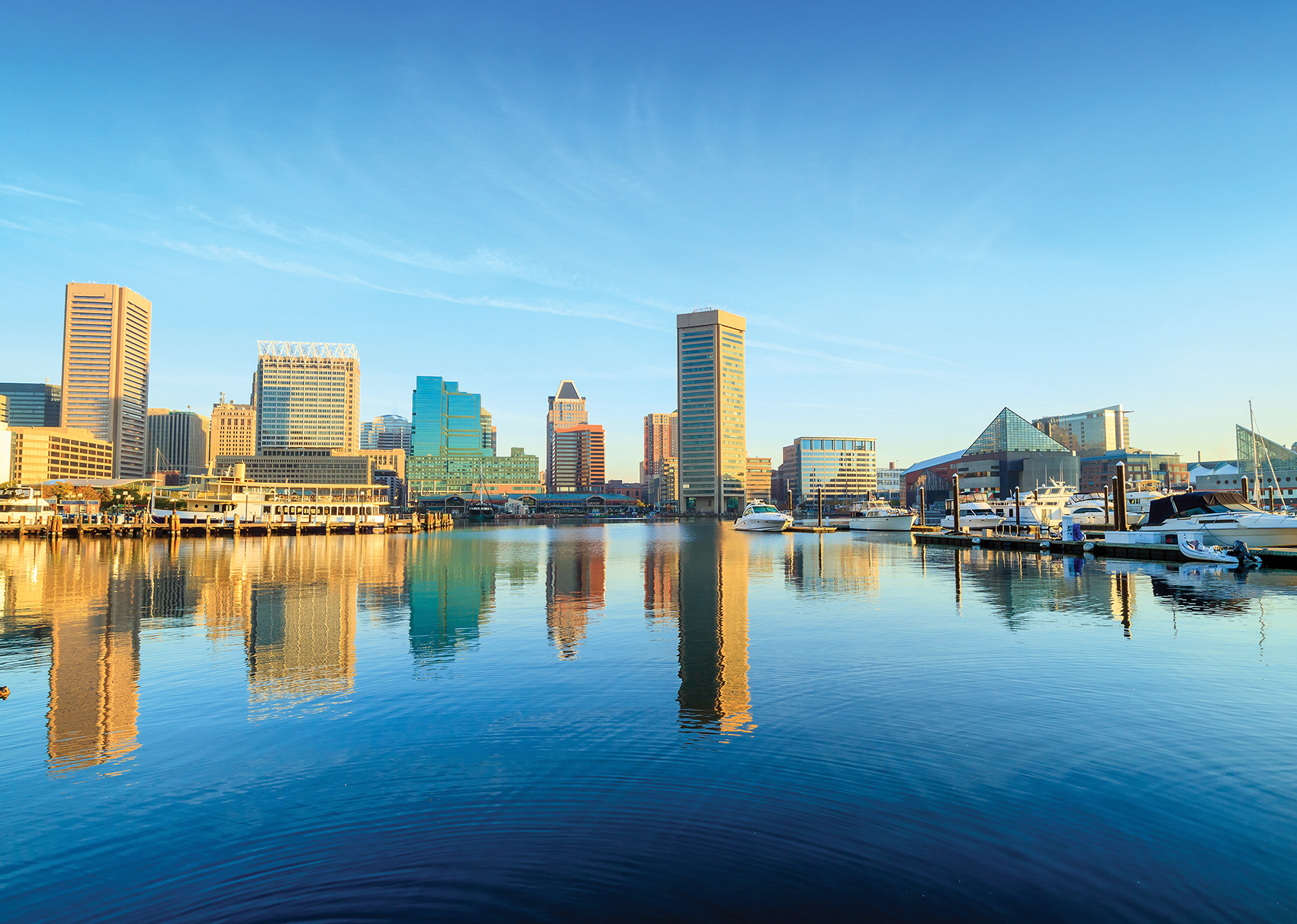


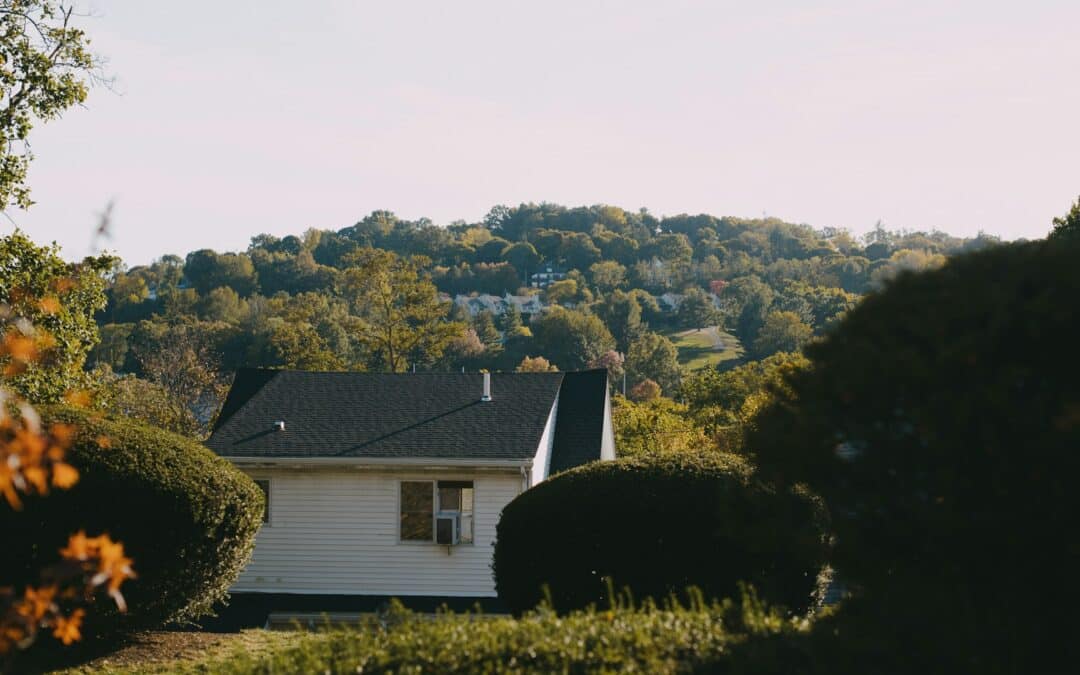




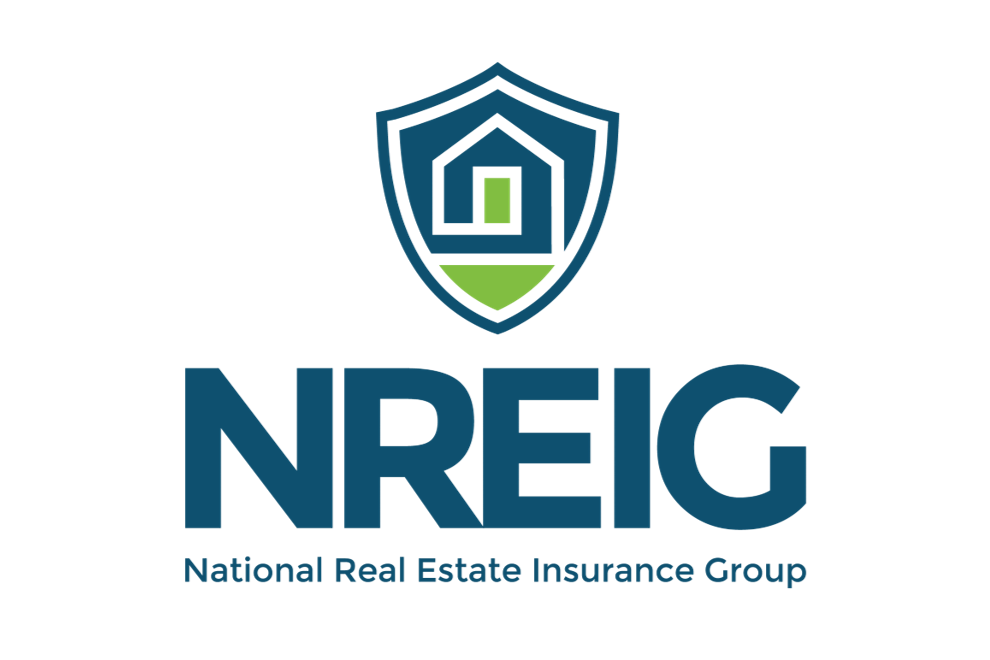


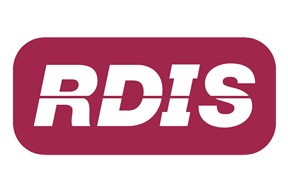
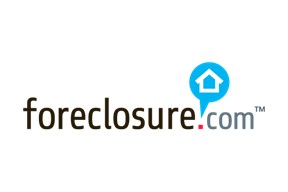




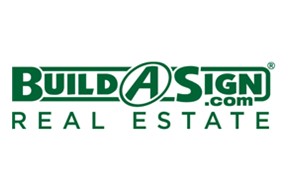


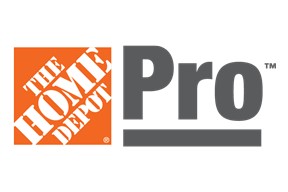

0 Comments